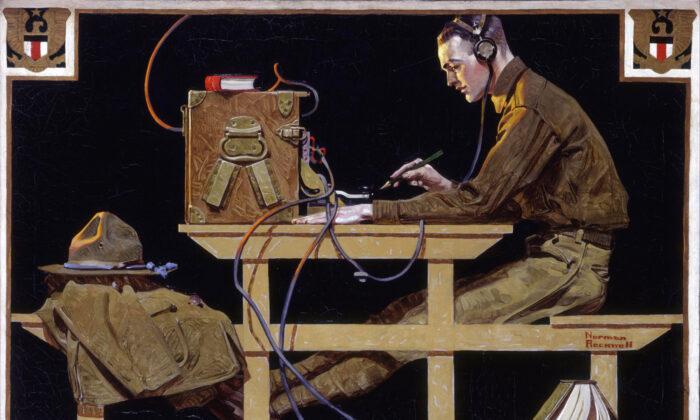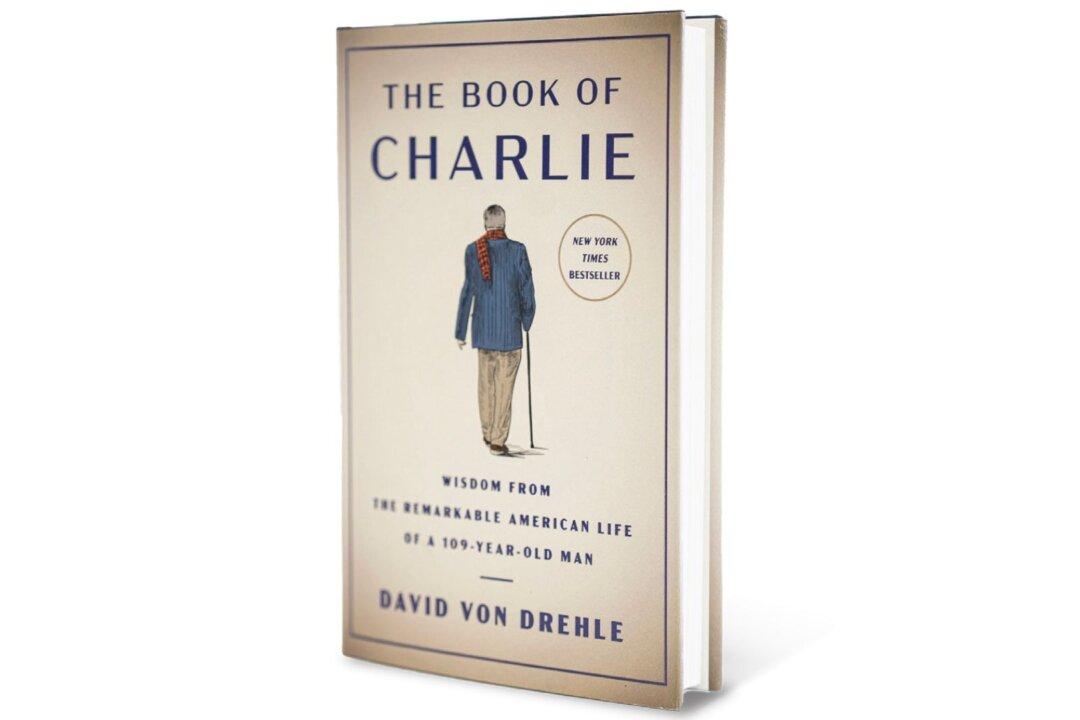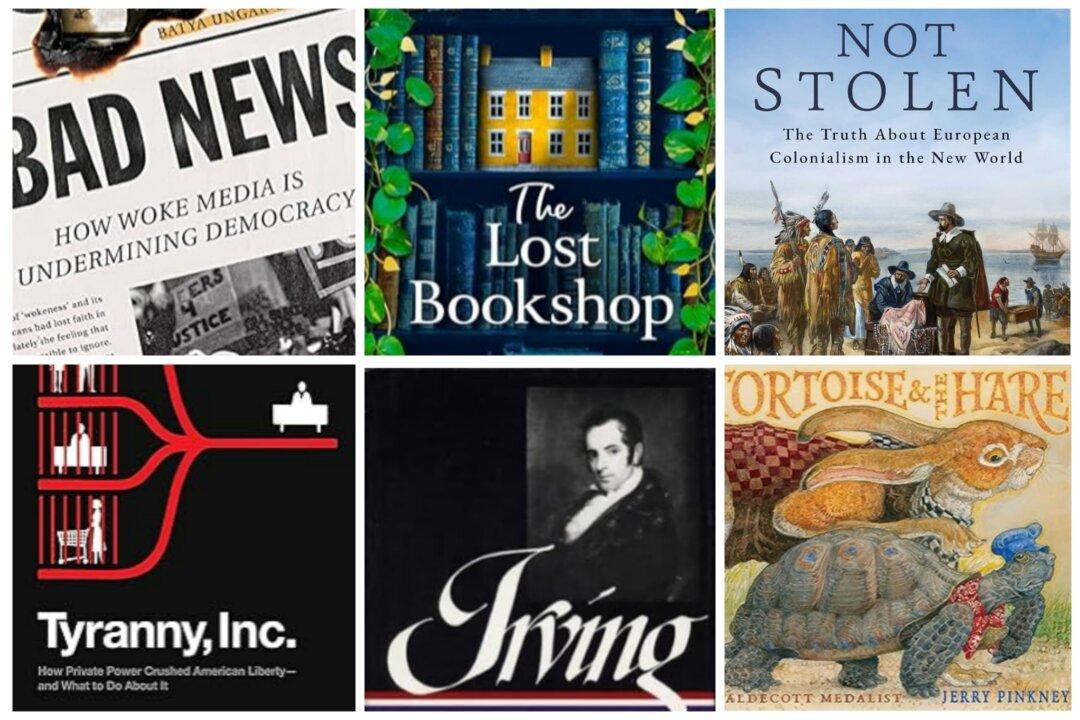Communication through the air. You cannot see it move. It’s a beautiful, magical thing.
The technology has grown by leaps and bounds through the decades. We take our smartphones for granted now. But during World War II, you needed wires, antennas, transmitters, and receivers. Hearing voices from afar and the messages they carried was vital information during wartime.
The highly acclaimed and multiaward-winning author Anthony Doerr wants to remind readers of the remarkable power of the radio—more than its technology: its ability to influence and transform lives by what they are hearing.
Their choices ultimately have hope-filled and life-affirming consequences. Doerr gets us there with dazzling descriptions of the surroundings, interlaced with memorable and moving players.
Settings, characters, and conversations all move through an intricate pattern of light and color much like looking through a kaleidoscope: It’s a beautiful design, but we’re not quite sure how all the imperfect pieces fit together so brilliantly.
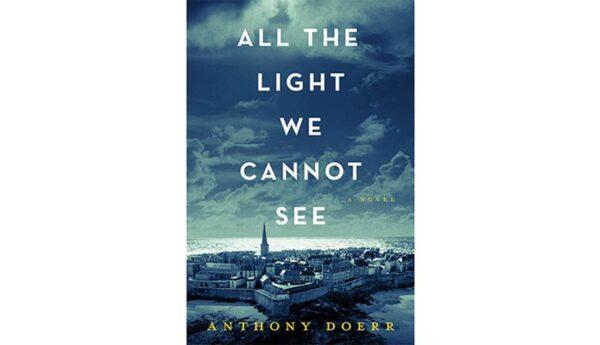
Two Characters in a Kaleidoscope
It’s 1944 in France. Marie-Laure LeBlanc lives in Paris with her father, who works at the Museum of National History. He is a remarkable locksmith and the keeper of many keys that unlock the treasures held within.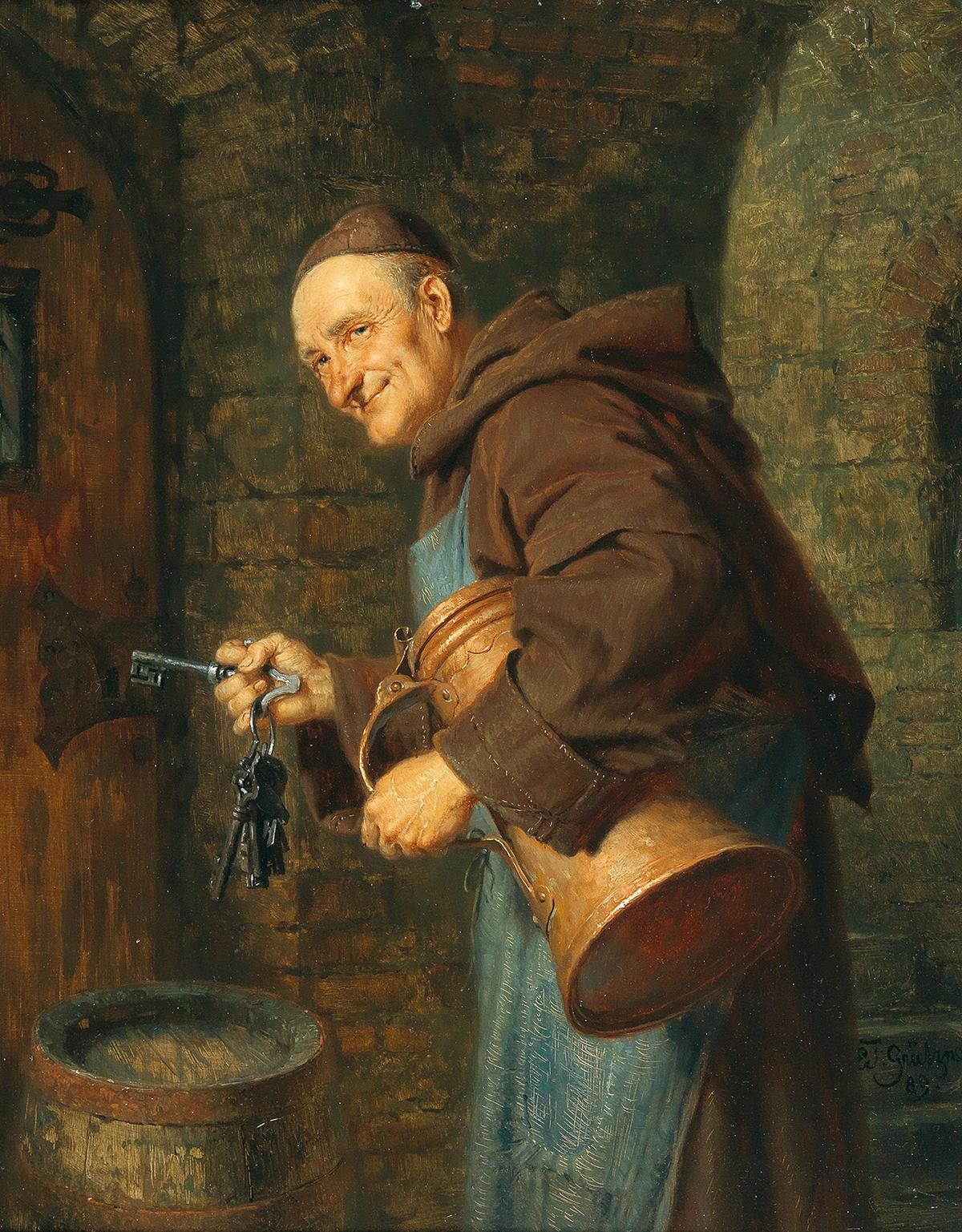
Marie’s vision of the world is robbed when she becomes blind at the age of 7. By the time she is 12, the two flee Nazi-occupied Paris to the fabled and walled citadel of Saint-Malo in Brittany by the sea. They carry with them the Sea of Flames, what might be one of the most mysterious and valuable gems—or one of the most dangerous.
A poverty-stricken orphan, Werner Pfennig is barely surviving in a children’s house in a mining town in Germany. He shares his meager existence with his sister Jutta, other children, and kindly Frau Elena who attempts to mother them all.
But Werner is brilliant, perhaps a prodigy, and his way with radios garners him entrance into one of Hitler’s elite schools for boys.
From the beginning, this book is a page turner.
What happens to this young, blind French girl who often finds herself alone in her great uncle’s rambling tower house in Saint-Malo? Her father builds a miniature model replica of the city, painstakingly and lovingly crafted to the minutest detail, a roadmap to help her feel her way to safety.
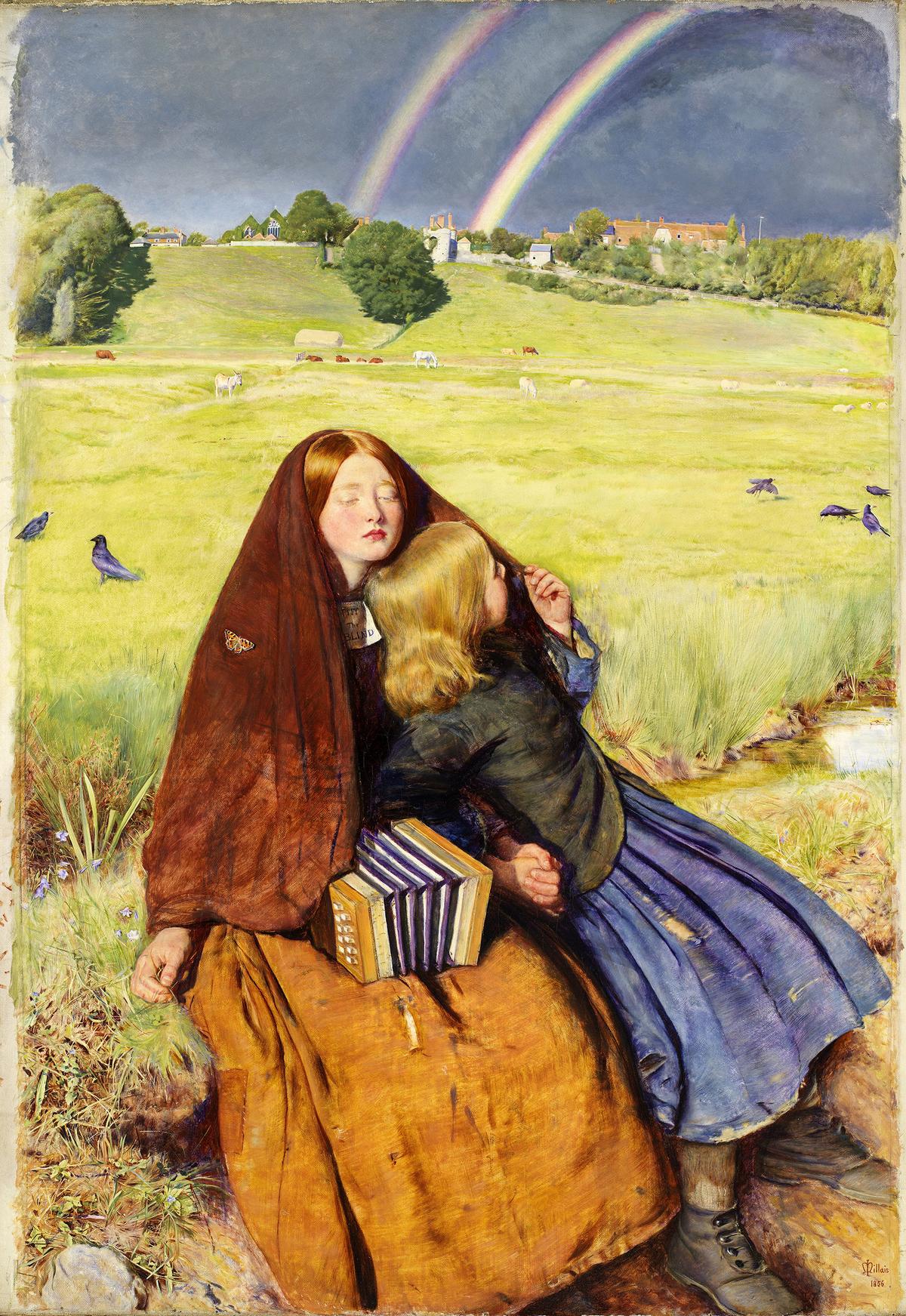
She listens. She learns. She reads the classics by Braille. She feels the sting of the icy ocean as she discovers small snails. She carries loaves of bread. Her life hangs in a daily delicate balance.
What happens to this impressionable young German boy who witnesses atrocity after atrocity at the same time fine-tuning his skill as a radio operator? He was enchanted by the stories told by a Frenchman he listened to as a small boy, but now they nag at his soul. He begins to doubt the world. He grows numb and not just from the cold. His task now is to ferret out the resistance—to seek and kill the enemy.
Mythic Stone
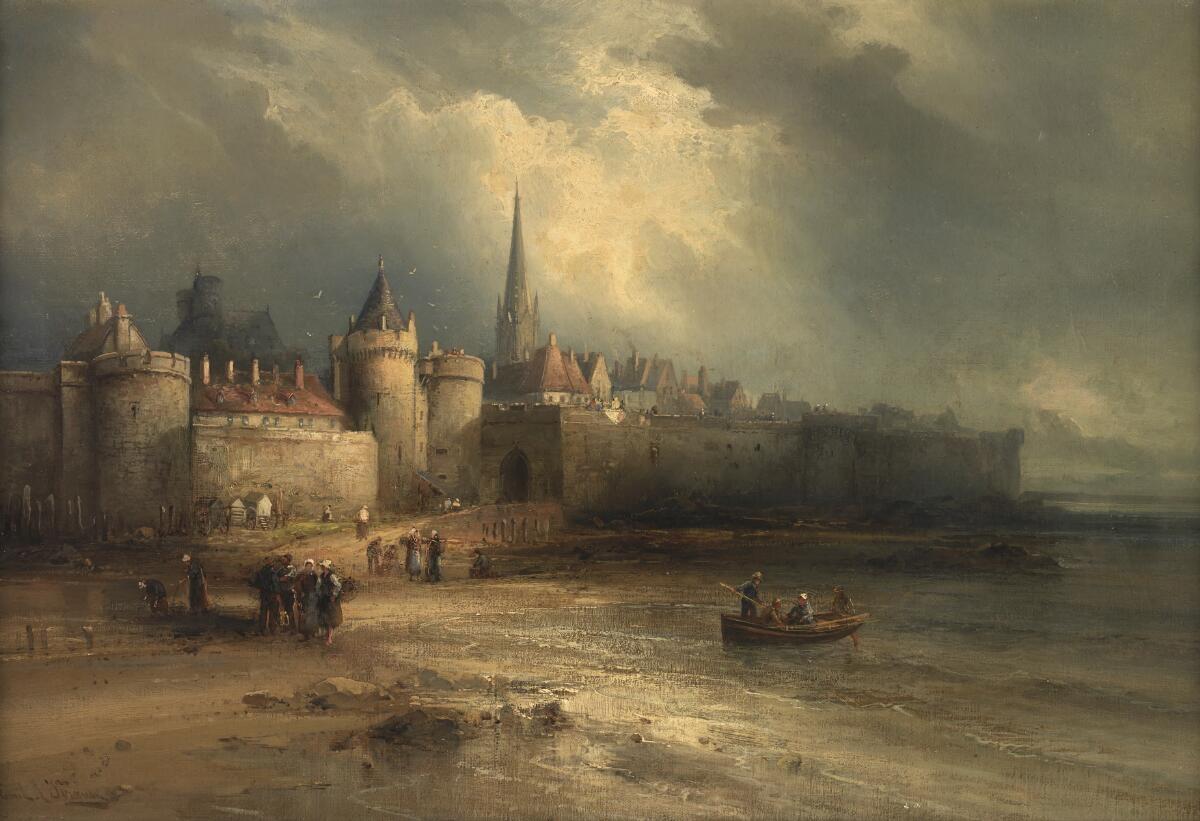
And what of this magnificent blue stone, the Sea of Flames, with its mythic origins? Is it cursed as many believe? Where is it hidden? What does it reveal? What part does it play in their lives?
Doerr’s use of language is seductively intoxicating. His masterful imagery is illuminating and insightful throughout more than 500 pages but, trust me, they go quickly.
An example, describing Marie-Laure’s great-uncle Etienne: “His voice is low and soft, a piece of silk you might keep in a drawer and pull out only on rare occasions, just to feel it between your fingers.”
“A world of berries and carrot peels and Frau Elena’s fairy tales. Of the sharp smell of tar, and trains passing, and bees humming in the window boxes. String and spit and wire and a voice on the radio offering a loom on which to spin his dreams.”
Historically accurate in time and setting, the siege of Saint-Malo, this lovely sanctuary by the sea, is brilliantly detailed and the research devoted. Doerr’s characters are fictional, but they will last long in memory and message. Theirs is a story of mystery, magic, and miracles.Poignant, powerful, and masterfully crafted, Doerr’s novel is able to celebrate the pleasures and potency of the world against the backdrop of incredible hardship and suffering. Ultimately, the message is about humanity’s goodness and its ability to last.

